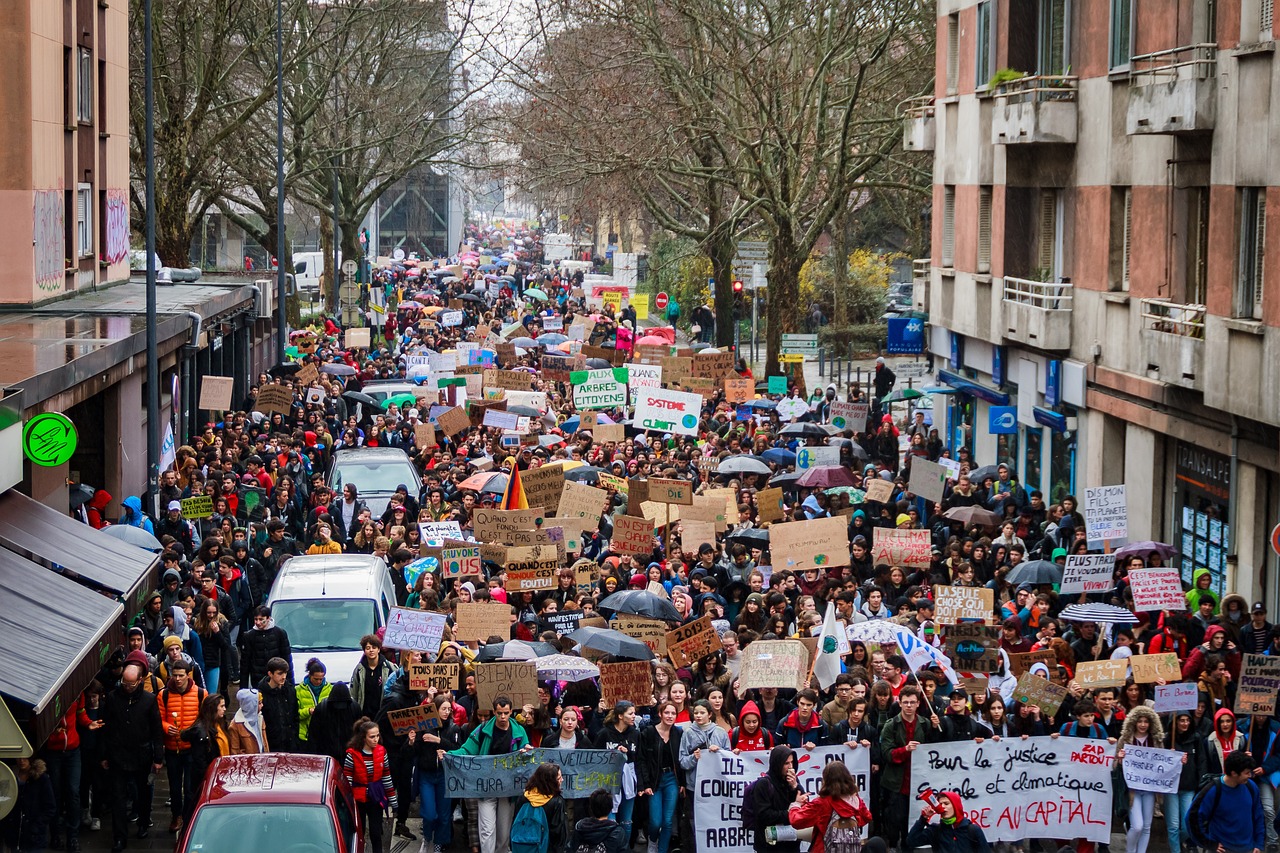
Australia’s political landscape is marked by what are known as “marginal seats.” These are the constituencies that are closely contested during elections, where the outcome can swing either way. In these areas, every vote counts, as even a small shift in support can mean the difference between victory and defeat for a political party.
One key aspect of Australia’s electoral system is the concept of marginal seats. These are the areas where the margin of victory for the winning candidate is relatively small, making them highly competitive battlegrounds for political parties. In a federal election, the party that secures the most seats in the House of Representatives forms the government, so winning these marginal seats is crucial to gaining power.
The distribution of marginal seats across the country is influenced by a variety of factors. Population growth, demographic changes, and shifting political allegiances can all play a role in determining which seats are considered marginal in any given election. As a result, the composition of marginal seats can change over time, as new issues and concerns emerge among voters.
Political parties dedicate significant resources to campaigning in marginal seats, as winning these areas can be the key to securing a majority in parliament. Parties will often target specific demographics or focus on key policy areas that are likely to resonate with voters in these constituencies. Campaign strategies in marginal seats can be highly targeted and tailored to appeal to the concerns of local residents.
In recent elections, the focus on marginal seats has become even more intense, as the political landscape has become increasingly fragmented. With the rise of minor parties and independent candidates, major parties are facing greater competition in traditionally safe seats. This has led to more parties investing resources in marginal seats, in order to secure vital victories and build a path to government.
The dynamics of each marginal seat are unique, reflecting the specific concerns and priorities of the local community. Issues such as healthcare, education, infrastructure, and job opportunities can all play a role in shaping voter attitudes in these areas. Political parties must be attuned to the needs of each electorate in order to effectively campaign in marginal seats.
The outcome of elections in marginal seats can have a significant impact on the overall composition of parliament. A swing of just a few percentage points in key constituencies can determine which party forms government and sets the agenda for the nation. This makes the battle for marginal seats a crucial aspect of the political landscape in Australia.
As election day approaches, the focus on marginal seats intensifies, with parties ramping up their efforts to win over undecided voters and mobilize their supporters. Door-to-door campaigning, community events, and media advertising all play a role in shaping the outcome of elections in these crucial battlegrounds. The final result in each marginal seat can be unpredictable, as even small shifts in voter sentiment can influence the outcome.
Australia marginal seats are important areas where parties compete for votes during elections. Winning these seats can make a big difference in who gets power.
Australia’s marginal seats are a vital component of the country’s electoral landscape, shaping the outcome of federal elections and determining the direction of government policy. These closely contested battlegrounds reflect the diversity and complexity of Australian politics, as parties compete for the support of voters in key constituencies. The battle for marginal seats will continue to be a central focus of political campaigns, as parties seek to secure the crucial victories that will lead them to power.